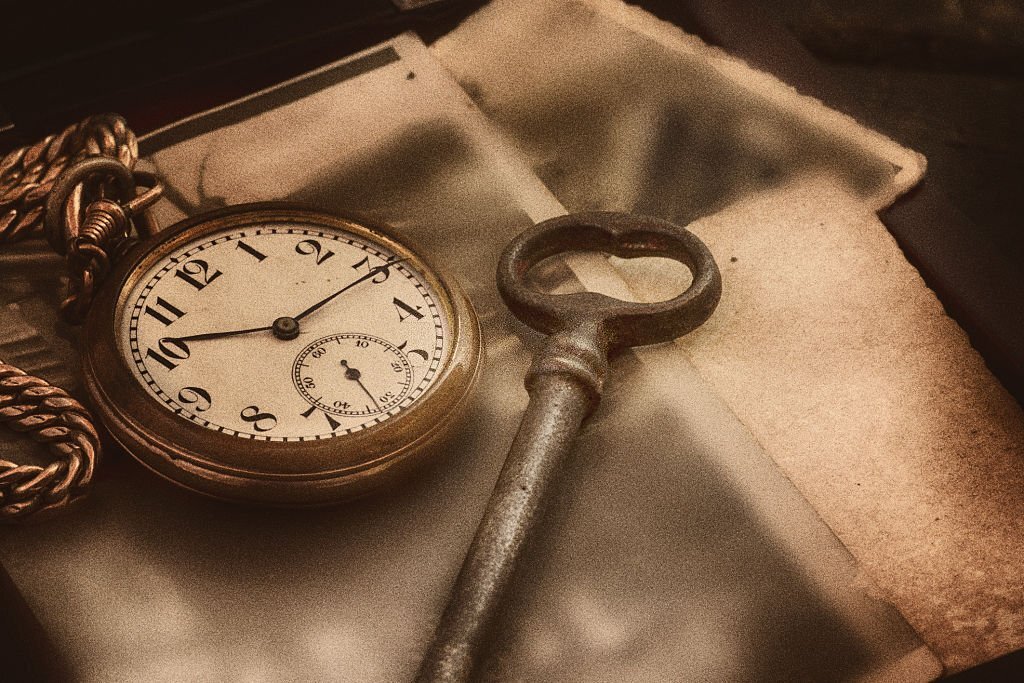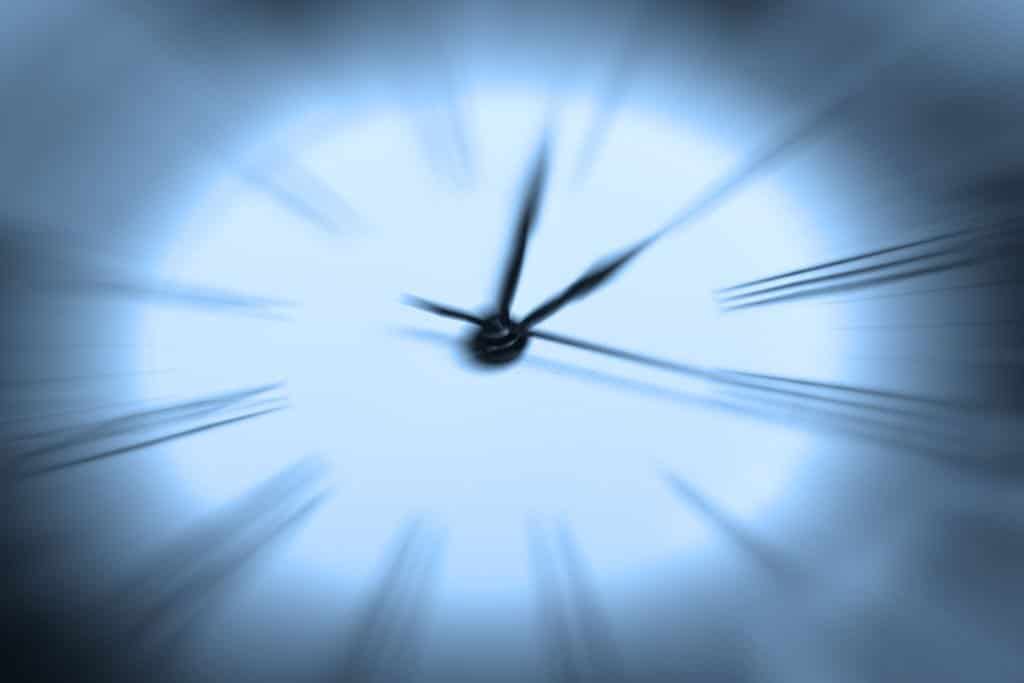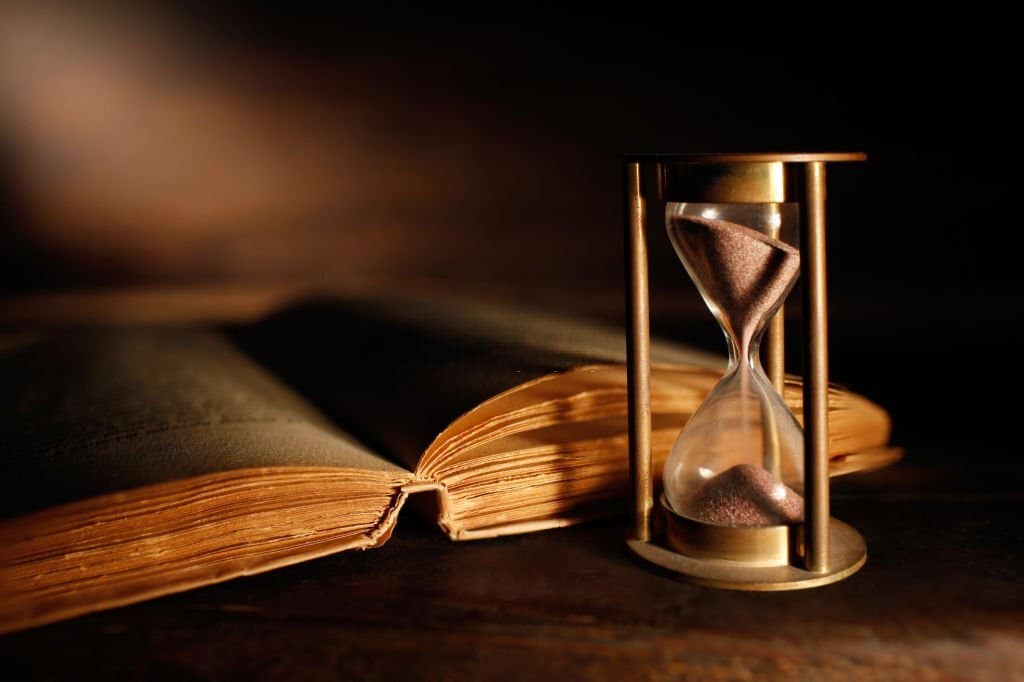Understanding how long a century or a decade may be boring math for some. But you should get these figures on your fingertips so you don’t ever mix them up again.

Just as you’ve mastered the act of calculating time in smaller frames, I mean the – 60 secs equals 1mins song, You can master how many decades are found in a century or millennium.
So you can have an accurate statistical analysis of time in your hands, like a time machine.
This article explains the length of a decade, century, and millennium with their essential characteristics. It also explains all you need to know about these metrics.
How Long is a Century

Several metrics are used to measure the progress of time, such as decades, centuries, and millennia with each having a unique meaning and characterization.
A century is different from a decade, and a decade is certainly different from a millennium. Understanding the difference will help you appreciate time and life.
A century is 100 years, which can be broken down into decades of ten years each. The word “century” comes from the Latin word “centum,” which means “one hundred.”
CE is a common abbreviation used for a century. According to the Gregorian calendar, each century begins on a specified day, with the first century beginning in the year 1 CE.
However, there are two general opinions on the nature and definition of the word century: strict construction and popular perception.
But the most widely acknowledged and utilized definition is the strict construction of the Gregorian calendar, Which defines a century as every 100 years starting in the year 1 CE.
According to this concept, the first century runs from 1 CE to 100 CE, whereas the second century begins in 101 CE and lasts until 200 CE. By this, every 101 years, a new century begins, with the same trend for the next century that follows.
The only year inside a century that starts with that century’s number is the Centennial year, which makes the year 2000 the only year in the 20th century to contain the number 20. Strictly speaking, the 20th century spans from 1901 to 2000, and the 21st century spans from 2000 to 2100.
READ:
- How Long Does Alcohol Stay In Your Urine?
- 15+ Best Mexican Drinks to Pair with your Favourite Dishes
How long is a Decade?

A century breaks down into 10 fragments which makes up a decade. The word decade simply means 10 years in time. The name, Decade has its origin in the Greek word “Deka.” Hence, one decade is equivalent to 10 consecutive years.
So you can refer to an event that happened 10 years ago as a decade. For example, you could say your company was established a decade ago. Sounds nice, right?
While a decade might be referred to as ten years, twenty years is not the same. Although people frequently use the term “two decades” to refer to an interval of 20 years, and 3 decades for 30 years, there is a better term for these lengths of time. For 20 years, use the term vicennial, and for 30 years, use tricennial.
READ ALSO
How to Calculate How Long a Decade and a Century is
Calculating the length of the century is easier than most popular high school math.
Start by counting from the 1st century. So, the first century starts from 1 CE to 100 CE, followed by the 2nd, which is from 101CE to 200CE, then the 3rd, from 201CE to 300CE, and continues until the 21st century, which is from 2001 to 2100 millennium.
Moving forward, there are two methods used to calculate how long a decade is. Both methods are based on assumption.
For the first method, you must assume that a decade starts with a year with the last zero and ends with a year with the prior nine, like the year 1880 in the 19th century.
For instance, the 10th decade of the 20th century begins in 2011 and ends in 2020, so with this method, 2020 is the last year of this decade.
While the alternative approach suggests that a decade starts in the year with the last number as one and ends in the year with the preceding number as 0. For example, with this method, the 1st decade of the 21st century began in 2021. It will end in 2030, making 2030 the last year of this decade.
READ ALSO:
How Long is a Millennium?

By now, you should be familiar with the term centennial, which only describes 100 years. But if 1,000 years pass, then the term millennium is used. The term millennium is derived from the Latin word ‘mille’, meaning thousand years.
A millennium (plural millennia) is a period of a thousand years. It’s a term commonly used to refer to periods of a thousand years that start at the first year of the calendar under consideration and end at later years of a thousand years beyond the start point.
It’s important to note that the Gregorian calendar (globally accepted as a standard) did not include a year 0 in the transition from BC (years before the birth of Christ) to AD (years after his death) when calculating the millennium year.
So, the 1st millennium is counted from AD 1-1000, followed by the 2nd from AD 1001-2000. The 20th century, which started from 1 January 1901 – 31 December 2000, fell under the 2nd millennium.
The 3rd millennium and 21st century began on 1 January 2001 and will continue through 31 December 2100. Presently, we are in the 21st Century and the 3rd Millennium.
READ ALSO
FAQs on How Long is a Century
What is 50 years called?
50 years is often called 5 decades but can also be called a semi-centennial because it makes up half a century.
How long is 1 decade?
One decade is equivalent to 10 consecutive years.
How many years are left in the 21st century?
According to the Gregorian calendar, the number of years left in the 21st century is approximately 78 years.
The 21st century is the present century in the world’s history which began on January 1, 2001, and will last until December 31, 2100.
How long are 10 years called?
The word decade simply means 10 years. The name originates from the Greek word “Deka.” So One decade is equivalent to 10 consecutive years
What are 20 years called?
Although people commonly use 2 decades to describe 20 years and so forth, there is however a different term to describe 20 years. Use the term vicennial when referring to a period of 20 years.
Conclusion
Having the right knowledge of what decade, century, or millennium we are now is greatly beneficial. I know history may sound boring sometimes, certainly not my favourite, but with the right facts at your fingertips, I bet you can trace back some of the notable events in the past with little or no hassle.
In this article, we have treated the different time metrics and their characteristics, and I believe you now understand the distinctions among them.
If you have any questions, please feel free to leave a comment below. We will be happy to provide you with further information.
